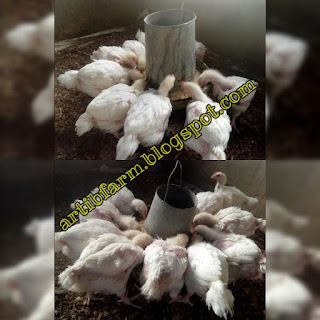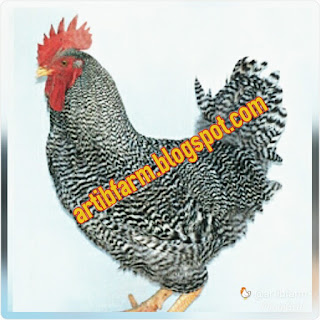Organic Treatment of CRD in Broilers

There are several diseases that can be symptomatic in poultry farming as we have human. In fact, a sign may indicate different poultry diseases. Not everytime green poops will interpret Gumboro, it could be as a result feed the birds consumed. What we call cough in poultry is actually Chronic Respiratory Disease (CRD). CRD is a form of poultry disease that interferes the respiratory tract of the birds, it may cause labour breathing, chirping and slight cough. It is a common disease affecting broilers follows by Coccidiosis . We have talked about Causes, Symptoms and Inorganic Treatment of CRD in one of our previous articles. In this article, we focus on organic treatment of cough in broilers. The required recipes are ginger, cayenne pepper, scent leaf and garlic which can be prepared as follows: 1.) 750gram each of ginger, garlic and cayenne pepper. 2.) 50gram of scent leaf. 3.) Blend all in 1 litre of water. You may also like to read more about: • The Use Of Bitter Lea
















